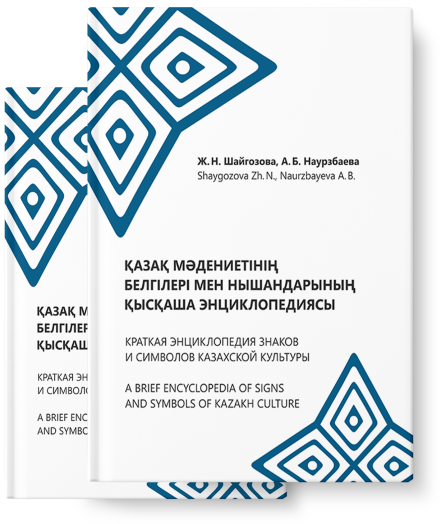
A short encyclopedia of
Signs and symbols of
Kazakh culture

The Inzhu Marzhan (pearl) is one of the most popular stones in the world. In ancient China it was conceived in the context of Taoist and Buddhist cultural traditions, and in the latter it was associated with the image of a symbolic jewel (from Sanskrit mani) representing Buddha and his teachings. In later times, the Chinese began to view the pearl as a symbol of yin, the feminine principle.
In traditional Kazakh art, pearls were not as popular as, for example, coral or carnelian. Nevertheless, pearls possessed significant symbolism, probably because of their colour, which resembles the moon – a sacred substance in people’s worldview. Pearls were used for jewellery and to decorate clothing. Archaeological findings prove the use of pearls in the manufacture of gold objects, such as earrings in the shape of a question mark, typical of the southern region of the country.
The Kazakhs call this stone inzhu-marzhan, the Tatars märzhän, the Bashkirs märien and the Chuvash merchen. Probably, the Kazakh іnzhu-marzhan is a combination of the Old Turkic jenčü ~ jünčü and the Arabic merǯân.
Close to pearls in Kazakh culture was mother-of-pearl, which Kazakhs call tana. Tana is a small disc of metal or mother-of-pearl that resembles expressive cow eyes. Kazakhs still have the expression “közi tanadai eken” (beautiful big eyes).
Pearls and mother-of-pearl represent good luck and wealth in popular culture. The Kazakhs in South Kazakhstan had a unique custom – tana tağu (dressing tana). This custom involved giving someone mother-of-pearl (tana), the idea was to donate the talisman against the evil eye.Tana was sewn on hats, clothes and shoes and also used in “shash bau” (ribbons for braids): to its wearer this was supposed to bring good luck, wisdom and health.

